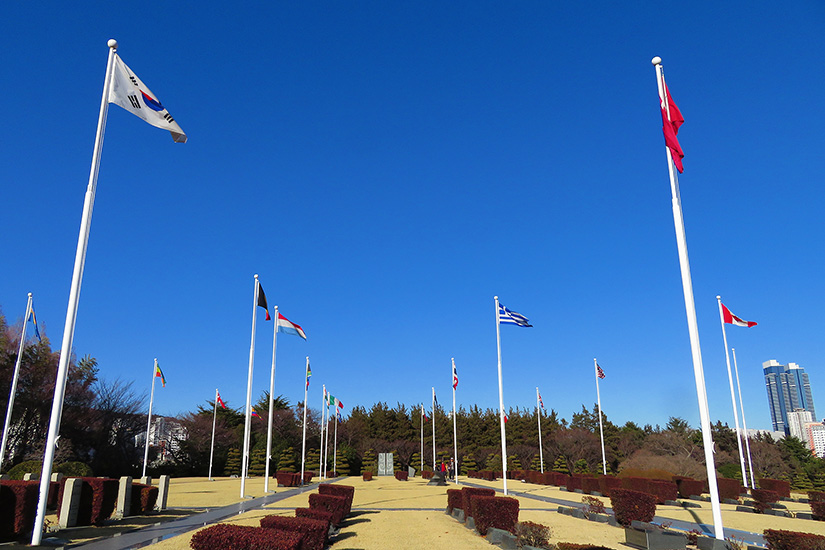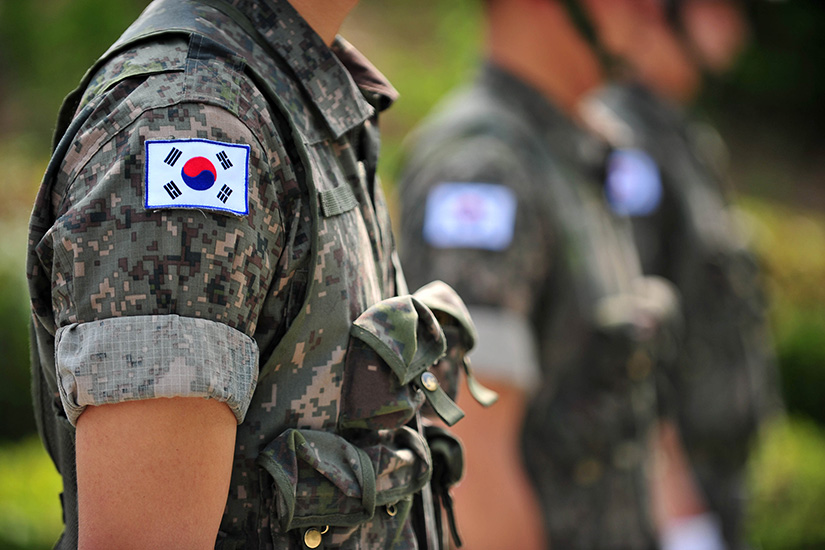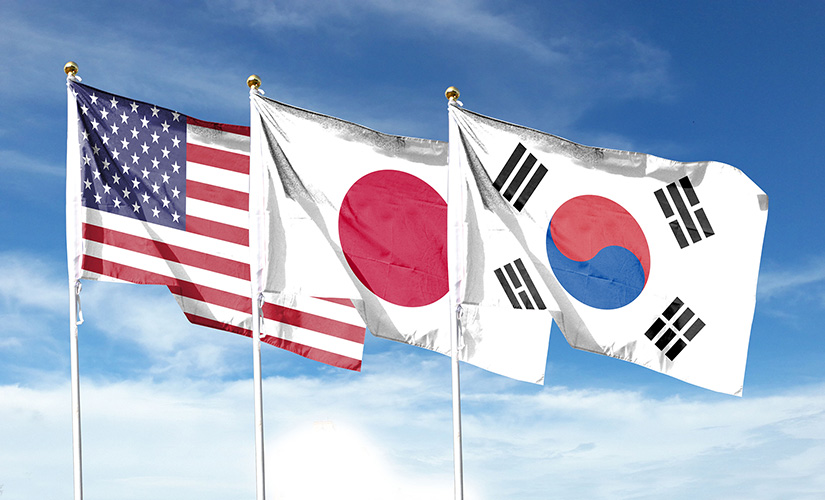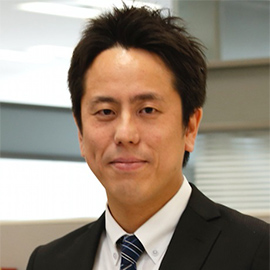Introduction
On July 30, 2025, a Royal New Zealand Air Force C-130 transport aircraft touched down at Osan Air Base in South Korea. Thirty-five New Zealand Army personnel disembarked and immediately formed ranks in front of the aircraft, performing the haka—a traditional Maori dance often seen at international rugby matches.[1] Their presence, however, signaled more than ceremonial goodwill. The platoon had crossed the Pacific to participate in joint exercises, including the US–South Korea Ulchi Freedom Shield (UFS) drills held from August 18 over a 10-day period.
New Zealand, a sending state that contributed forces under the United Nations Command (UNC) during the Korean War, deployed approximately 6,000 troops to the peninsula between 1950 and 1953, suffering 33 combat fatalities.[2] Following the 1953 armistice, New Zealand gradually withdrew its forces, completing its exit by 1957. Since then, its engagement has been largely symbolic—limited to staff contributions to the Military Armistice Commission and other monitoring roles. The current deployment marks a departure from that pattern. This article examines the strategic backdrop behind this shift, focusing on both New Zealand’s evolving defense posture and developments within South Korean domestic politics.

Operational Dynamics of Deployment
The deployed unit was a combat-ready infantry platoon that was assigned to the US 2nd Infantry Division under UNC command for a 90-day rotation. Beyond UFS, the platoon reportedly participated in multiple joint exercises with US and Republic of Korea forces.[3]
Notably, from September 22 to 26, the unit joined the ROK Army at the Korea Combat Training Center (KCTC) for bilateral drills.[4] While multinational exercises are not uncommon, the presence of non-US foreign troops conducting ground training at multiple South Korean facilities—including the KCTC—was highly unusual.
Brigadier Jason Dyhrberg, New Zealand’s Land Component Commander, emphasized the strategic value of the deployment, saying that this was a great opportunity to gain valuable experience alongside Republic of Korea and US personnel and to access world-class combat training facilities. “After three months, our troops will be more familiar with their counterparts’ techniques and tactics and be better able to readily integrate into a coalition warfighting environment,” Dyhrberg said.[5] New Zealand’s defense attaché in Seoul added that the aims of the deployment were to foster cooperation and understanding between the US, ROK, and NZ forces at the platoon level.[6]
Expanding Multinational Training Under the UNC
Historically, Seoul has exercised caution in hosting foreign ground forces, wary of provoking Beijing. Joint land exercises were largely confined to US-ROK drills aimed at deterring North Korean aggression.[7] However, since the early 2000s, the UNC has undergone a quiet revitalization,[8] enabling sending states to reengage through limited participation in command post exercises under UNC affiliation.
Viewed through this lens, New Zealand’s expanded footprint is part of a broader trend. In November 2022, a British Army platoon conducted joint training with the ROK Army at KCTC. In summer 2023,[9] Australia deployed a record 26 personnel to UFS.[10] And by October 2024, an Australian platoon from the 3rd Brigade joined ROK forces at KCTC, conducting advanced drills under ROK brigade command, including joint operations involving unmanned aerial systems.[11]
Lee Jae-myung’s Pragmatic Shift
President Lee Jae-myung’s response to New Zealand’s deployment was notably muted. Despite his conciliatory stance toward North Korea and past criticism of the UNC, neither he nor the leadership of the ruling Democratic Party of Korea (DPK) has voiced opposition to the current deployment or to US-ROK exercises more broadly. While some drills were postponed to September due to extreme summer heat—interpreted by some as a gesture toward Pyongyang—the official posture remains unchanged.
Spurred by Pyongyang’s participation in the 2018 Pyeongchang Winter Games, Lee’s tenure as governor of Gyeonggi Province (2018–21), which borders North Korea, was marked by efforts to promote inter-Korean engagement, including attempts to send humanitarian aid northward. However, the UNC—which oversees the Military Demarcation Line—denied passage of the aid shipments, resulting in friction with Lee’s administration. In response, Lee appointed one of his deputies as “vice governor for peace” and established a symbolic office for him at an observation post near the inter-Korean border to advocate for reopening the Kaesong Industrial Complex. When the UNC rejected this initiative as well, the vice governor staged a political protest by pitching a tent near Imjingak, just south of the DMZ, declaring it a temporary office and occupying it for 43 days in defiance of the UNC’s restrictions.[12]
Progressive forces, including Lee’s DPK while in the opposition, have historically opposed UNC expansion. In his 2023 National Liberation Day address, then President Yoon Suk-yeol stated that the UNC has played a pivotal role in safeguarding South Korea’s freedom and served as a model of international solidarity; he further emphasized that the seven rear bases provided by Japan to the UNC constitute the most significant deterrent against a North Korean invasion. In response, DPK leaders warned that stronger military cooperation among South Korea, the United States, and Japan risks triggering a new Cold War dynamic in confrontation with North Korea, China, and Russia and that placing Seoul on the front line of containment against China is tantamount to standing on a knife’s edge.[13]
These earlier remarks stand in stark contrast to the stance adopted by Lee’s current DPK administration. Faced with a deteriorating regional security environment marked by growing alignment among North Korea, China, and Russia, Seoul has been compelled to acknowledge the strategic utility of the UNC within a framework of pragmatic diplomacy that prioritizes the national interest.

Conclusion
Given its modest scale, the New Zealand deployment has gone largely unnoticed in South Korean policy circles, despite media coverage of the mission. During a recent research visit to Seoul, the author found that even defense experts were unaware of the platoon’s participation. Nevertheless, the deployment reflects a broader trend: as Northeast Asia’s security landscape grows more complex, UNC sending states other than Britain, Australia, and New Zealand—such as Canada and France—may likewise deepen their engagement in the region. New Zealand has already committed to joint training with the ROK Marine Corps in 2026. Moreover, the scale of participation may grow. As sending states monitor Seoul’s response, platoon-level exchanges could evolve into company- or battalion-level rotations.
This trend coincides with broader questions about US force posture in Korea, particularly under the Trump administration’s reassessment of overseas military commitments. Amid expectations of a reduction in US troop levels in Korea, more countries are signaling a slow but steady increase in operational engagement, not just dispatching small military contingents but conducting joint exercises.
Finally, Japan’s role merits attention. President Lee has indicated support for trilateral security cooperation with Washington and Tokyo. His administration’s stance toward the UNC—particularly its engagement with non-US partners like Britain, Australia, and New Zealand—may serve as a barometer of Seoul’s strategic orientation. Two indicators warrant close scrutiny: first, whether Seoul is willing to deepen military cooperation with UNC partners despite potential Chinese backlash; and second, whether it publicly or quietly acknowledges the strategic value of Japan’s rear-base support to the UNC. As Japan refines its Indo-Pacific security posture, developments in multilateral military engagement on the Korean Peninsula will remain a key indicator of evolving regional security dynamics.

(2025/10/20)
Notes
- 1 “NZ Army Combat-Ready Infantry Platoon Deploys to the Republic of Korea,” New Zealand Defence Force, New Zealand Government, July 28, 2025.
- 2 “Korean War: Introduction,” New Zealand History, New Zealand Government, accessed October 3, 2025.
- 3 Lee Jung-hyun, “Nyujillaendeu Yukgun, Hanbando cheot pabyeong: Hanmi yeonhap hunryeon chamyeo” [New Zealand Army’s First Deployment to the Korean Peninsula: Participation in US-ROK Joint Military Exercises], Yonhap News, August 1, 2025.
- 4 Lee Jung-hyun, “Gukje gwahakhwa jeontu gyeong-yeon daehoe: “Segye choejeong-ye jangbyeonggwa gyeorunda” [International Scientific Combat Competition: “Competing with the World’s Elite Soldiers”], Yonhap News, September 27, 2025. The Korea Combat Training Center (KCTC) is the ROK Army’s most advanced large-scale training facility, capable of conducting brigade-level exercises—an asset that remains rare even by global standards. It also serves a critical role in force development by leveraging cutting-edge technologies to evaluate training outcomes. See “ Budae sogae” [Unit Introduction], Korea Combat Training Center, accessed October 6, 2025.
- 5 “NZ Army Combat-Ready Infantry Platoon Deploys to the Republic of Korea,” New Zealand Defence Force, New Zealand Government, July 28, 2025.
- 6 Ibid.
- 7 Bill Paterson, “Australia and South Korea Can and Should Have Closer Defence Ties,” The Strategist, Australian Strategic Policy Institute, August 20, 2020.
- 8 See, for example, my article on this website: “US-Led Leadership Can Strengthen the United Nations Command, and ROK’s Concerns:-A Perspective from Japan (1), (2),” International Information Network Analysis, October 21, 2019.
- 9 “Yukgun, Yeonggukgun jungdaegeup cheot yeonhap KCTC hullyeon silshi” [Army Conducts First Company-Level Joint KCTC Training with British Army], Yonhap News, October 20, 2023.
- 10 “Australia Supports Security Exercise on Korean Peninsula,” Australian Government Defence, August 21, 2023.
- 11 Jo Mun-jeong, “Yukgun, Hojuwa cheot gwahakhwa jeontu yeonhap hunryeon: Ssangbang gyojeon euro yeonhap jakjeon suhaeng neungnyeok Ganghwa” [Army Conduct First Scientific Combat Joint Training with Australia: Enhancing Coalition Operational Capability Through Bilateral Engagement, New Daily, October 25, 2024.
- 12 Kim Chan-ho, “Imjingak eseo ‘43-il’: Gyeonggido Pyeonghwa Bujisa neun wae Jipmusil eul omgyeotna” [43 Days at Imjingak: Why Did Gyeonggi Province’s Vice Governor for Peace Relocate His Office?], Kyunghyang Shinmun, January 10, 2021.
- 13 Lee Jeong-seok, “Yun Daetongnyeong ‘Ilbon Yuen-sa hubang giji’ eongeube ‘bipan’ gwa ‘gidae’ eotgalryeo” [President Yoon’s Mention of Japan’s UNC Rear Bases Sparks Mixed Reactions of Criticism and Expectation], Liberty Korea Post, August 17, 2023.

